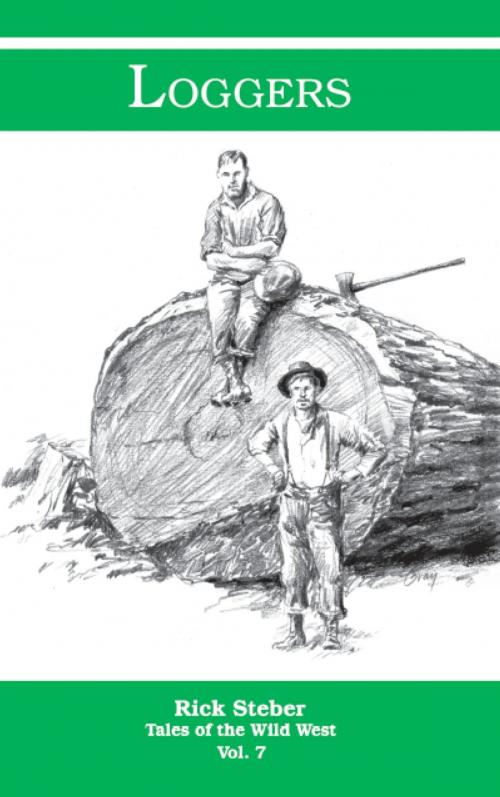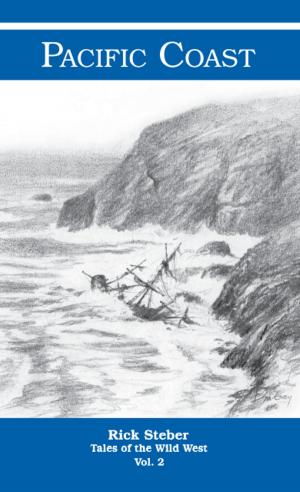| Author: | Rick Steber | ISBN: | 9781301021215 |
| Publisher: | Rick Steber | Publication: | December 12, 2012 |
| Imprint: | Smashwords Edition | Language: | English |
| Author: | Rick Steber |
| ISBN: | 9781301021215 |
| Publisher: | Rick Steber |
| Publication: | December 12, 2012 |
| Imprint: | Smashwords Edition |
| Language: | English |
"Logging in North America began with the arrival of European colonists in the 1600s. In a few short decades there were water-powered sawmills scattered up and down the eastern seaboard with the main concentration in northern New England. The lumber was used to build ships, furniture, kegs and barrels, buggies and wagons. As the loggers cleared areas in the forest, others arrived to farm the ground.
It took 200 years for the timber to be logged from the eastern seaboard. The loggers and lumbermen moved inland to the Great Lakes region and when they had high graded the timber there, they continued west to northern California and the Pacific Northwest.
Lumberman Samuel Wilkeson wrote in 1869, on viewing the Western forests for the first time, 'Oh! What timber! These trees so enchain the sense of the grand and so enchant the sense of the beautiful that I am loth to depart. Forests in which you cannot ride a horse - forests into which you cannot see, and which are almost dark under a bright midday sun - such forests containing firs, cedars, pine, spruce and hemlock - forests surpassing the woods of all the rest of the globe in their size, quantity and quality of the timber. Here can be found great trees, monarchs to whom all worshipful men inevitably lift their hats.'
"
"Logging in North America began with the arrival of European colonists in the 1600s. In a few short decades there were water-powered sawmills scattered up and down the eastern seaboard with the main concentration in northern New England. The lumber was used to build ships, furniture, kegs and barrels, buggies and wagons. As the loggers cleared areas in the forest, others arrived to farm the ground.
It took 200 years for the timber to be logged from the eastern seaboard. The loggers and lumbermen moved inland to the Great Lakes region and when they had high graded the timber there, they continued west to northern California and the Pacific Northwest.
Lumberman Samuel Wilkeson wrote in 1869, on viewing the Western forests for the first time, 'Oh! What timber! These trees so enchain the sense of the grand and so enchant the sense of the beautiful that I am loth to depart. Forests in which you cannot ride a horse - forests into which you cannot see, and which are almost dark under a bright midday sun - such forests containing firs, cedars, pine, spruce and hemlock - forests surpassing the woods of all the rest of the globe in their size, quantity and quality of the timber. Here can be found great trees, monarchs to whom all worshipful men inevitably lift their hats.'
"















